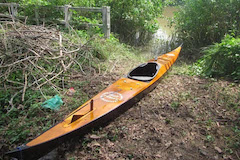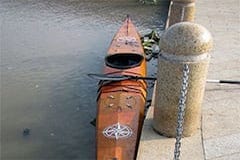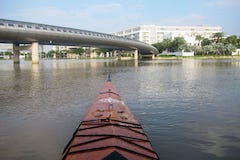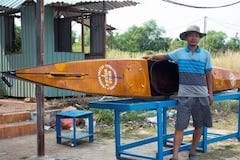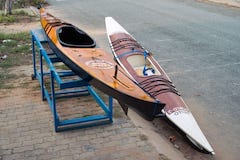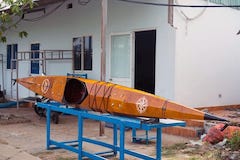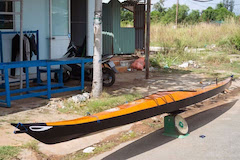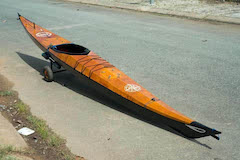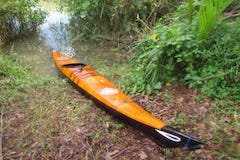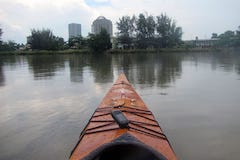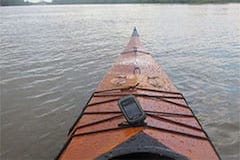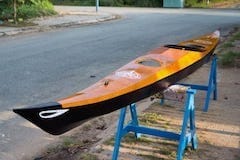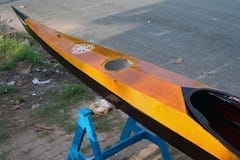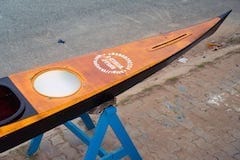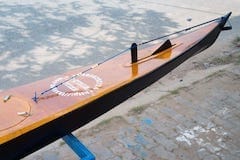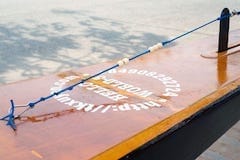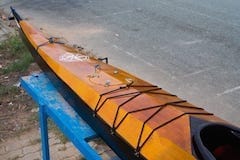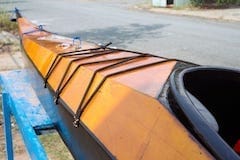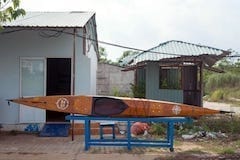Having made some more thorough testing, I’m now feeling very pleased with the new boat and its build quality. After several 20 ~ 25 km paddling trips, I think I can average out at 7 kmph for extended time (5, 6 hours) and probably longer with more endurance exercising. That’s still not up to my expectation yet, but about speed, on the internet, you can hardly find trustable reporting on kayak and its paddler’s abilities, some boating information is purely… bloating!
At some points, due to the lack of correct information, I did have some illusions on paddling speed. But now I definitely know that a typical good sea kayak has the average, sustainable speed in the 7 ~ 7.5 kmph range. Beyond that would be the domain of racing kayak or surfski, which could step into the 8 ~ 9 kmph range, the best of which could not reach too far beyond 9 kmph. And that probably would be the target of my next build, though currently I have no plan for it yet.
Unlike HW – 2, I feel very comfortable to paddle HW – 3 into the wind. The hull pierces waves nicely, and I think the boat would surf well also. Haven’t had the chance to trial the kayak in big standing waves, but in some lesser situations, I’d noticed that the boat rides waves in style, with very little drifting, shaking. That’s a characteristic very much needed when I would leave the relatively – calm rivers to go into the much more choppy areas of coastal sea and large estuaries.
It’s approaching year end and I’ve got lots of other stuffs to do, so there won’t be any big updates to the kayak until next year. It’s a real pleasure when on rivers, people was asking where I bought the boat from, and when I told them that I built it myself, none believes it 😀! This season, day temperature is dropping below 25°C (that’s already called “cool” for a tropical Saigon), good for going paddling indeed. Some video shots to show the boat, captured with my GoPro mounted at bow.

